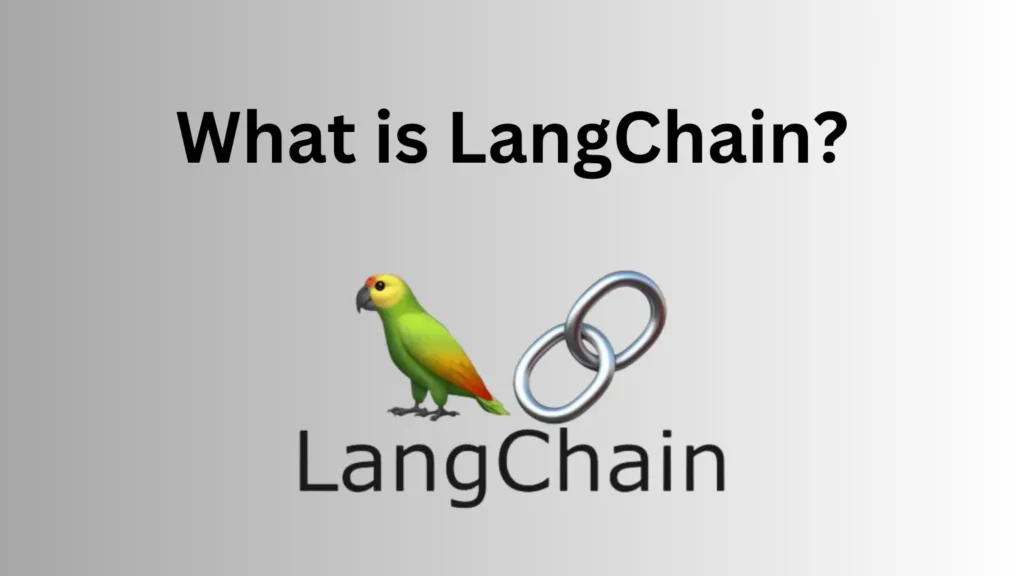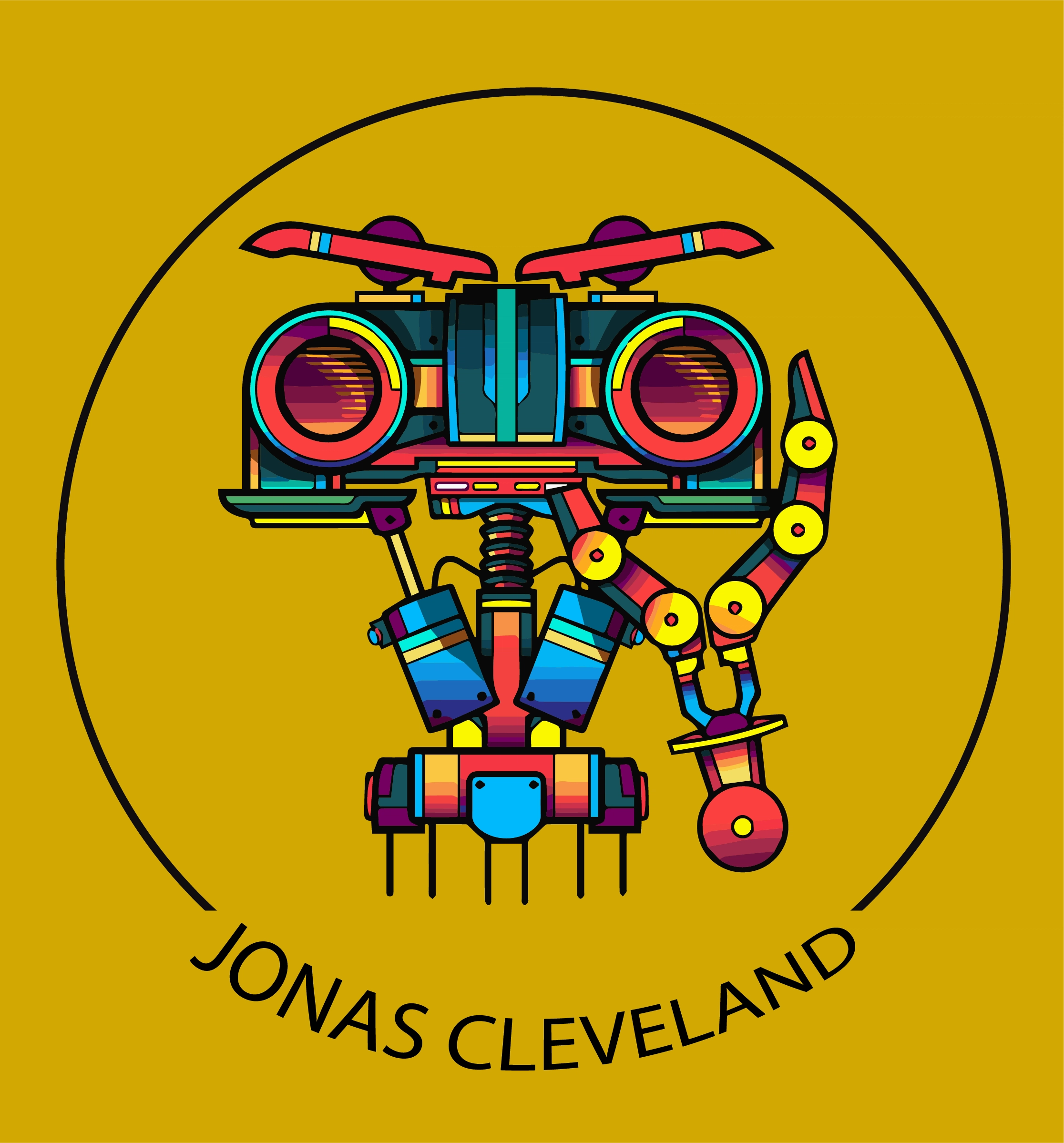What is LangChain? A Detail View of Its Uses, Alternatives, Benefits, and More

LangChain is a framework designed to simplify the creation of applications using large language models (LLMs). It offers a modular set of abstractions and components that provide everything developers need to build applications using language models. Background Story LangChain was launched in October 2022 as an open-source project by Harrison Chase, a Harvard graduate in statistics and computer science. Chase co-founded LangChain with the goal of streamlining the development of Language Model applications with open-source Python/Typescript packages. Prior to founding LangChain, Chase had experience heading the Machine Learning team at Robust Intelligence, where he focused on the testing and validation of machine learning models, and leading the entity linking team at Kensho, a fintech startup. The project quickly gained popularity, with improvements from hundreds of contributors on GitHub, trending discussions on Twitter, lively activity on the project’s Discord server, many YouTube tutorials, and meetups in San Francisco and London. Target Customers LangChain can be used in chatbots, question-answering systems, summarization tools, and beyond. The framework is designed to simplify the creation of applications using large language models, making it accessible to developers of all levels of expertise. LangChain’s target customers are digital companies that need to process and analyze large volumes of text data. Featured Customers LangChain has integrations with systems including Amazon, Google, and Microsoft Azure cloud storage; API wrappers for news, movie information, and weather; Bash for summarization, syntax and semantics checking, and execution of shell scripts; multiple web scraping subsystems and templates; few-shot learning prompt generation support; finding and summarizing “todo” tasks in code; Google Drive documents, spreadsheets, and presentations summarization, extraction, and creation; Google Search and Microsoft Bing web search; OpenAI, Anthropic, and Hugging Face language models; iFixit repair guides and wikis search and summarization. Funding, Capital Raised, Estimated Revenue LangChain has raised over $20 million in funding at a valuation of at least $200 million from venture firm Sequoia Capital, a week after announcing a $10 million seed investment from Benchmark. What is TensorFlow? Its Features, Alternatives, Pros, Cons, and Everything You Need to Know Products and Services Competitors The major competitors for Langchain include the following: Pros and Cons of LangChain Pros LangChain simplifies the creation of applications using large language models, making it accessible to developers of all levels of expertise. It has integrations with various systems and platforms, making it easy to incorporate LLMs into applications. Cons LangChain may face competition from other frameworks and tools for working with large language models. Sources: https://www.llamaindex.ai/https://gpt-index.readthedocs.io/en/stable/https://github.com/stanfordnlp/dspy
What is TensorFlow? Its Features, Alternatives, Pros, Cons, and Everything You Need to Know

TensorFlow is an open-source machine learning framework developed by Google. It provides tools for building and deploying machine learning models, with capabilities ranging from deep learning to general numerical computations on dataflow graphs. Background Story TensorFlow was developed by the Google Brain team, which is a deep-learning artificial intelligence research team at Google. The team was founded in 2011 by Andrew Ng, Jeff Dean, and Greg Corrado. The team built DistBelief, a proprietary machine learning system based on deep learning neural networks, which was used across diverse Alphabet companies in both research and commercial applications. TensorFlow was developed as a successor to DistBelief, and it was released to the public in 2015. Target Customers TensorFlow’s target customers are individuals and organizations that are interested in machine learning and artificial intelligence. TensorFlow can be used by researchers, developers, and businesses to build and deploy machine learning models. TensorFlow is used by a wide range of industries, including healthcare, finance, retail, and manufacturing. Featured Customers TensorFlow has a large and growing user base, with over 1,500 repositories on GitHub mentioning TensorFlow, of which only 5 were from Google. TensorFlow’s customers include both small and large organizations, such as Airbnb, Coca-Cola, Intel, and Uber. The three top industries that use TensorFlow for Data Science And Machine Learning are Machine Learning (1,644), Artificial Intelligence (1,546), and Big Data (785). Funding, Capital Raised, Estimated Revenue TensorFlow is an open-source software library, and it is free to use. However, TensorFlow is also a part of Google’s cloud platform, which offers paid services for machine learning and artificial intelligence. TensorFlow’s estimated annual revenue is currently $2.1M per year, and TensorFlow’s estimated revenue per employee is $59,611. What is Pinecone? Detailed Insight About its Features, Competitors, Advantages and More Products and Services TensorFlow offers a range of products and services for machine learning and artificial intelligence. Competitors TensorFlow’s main competitors in the machine learning and artificial intelligence space include the following: Pros and Cons of TensorFlow Pros Cons
